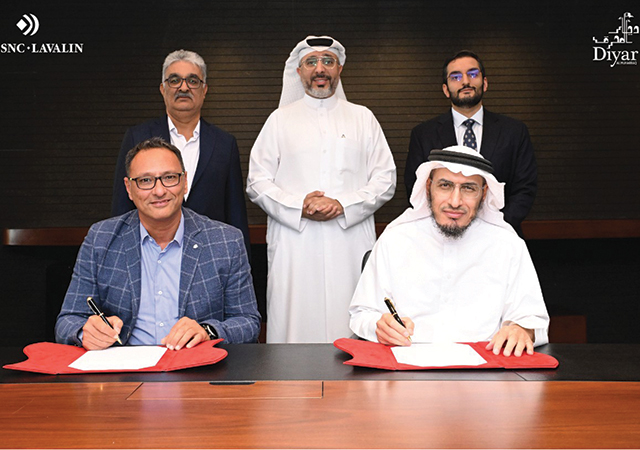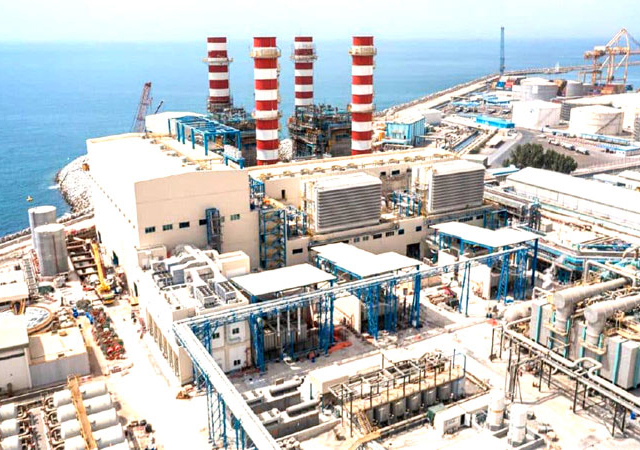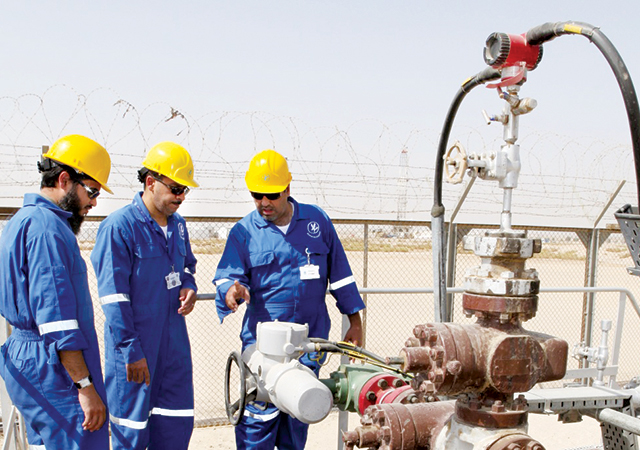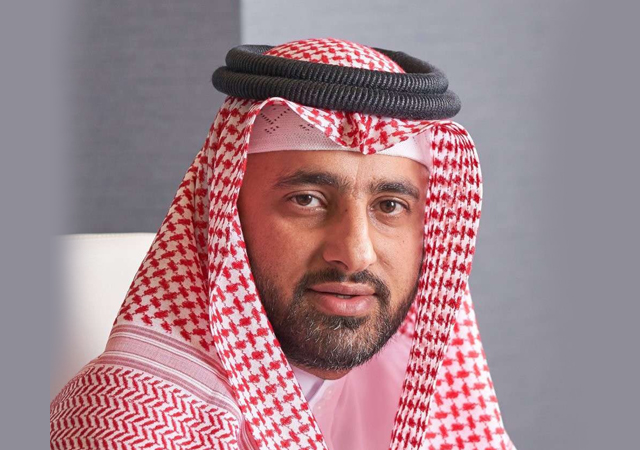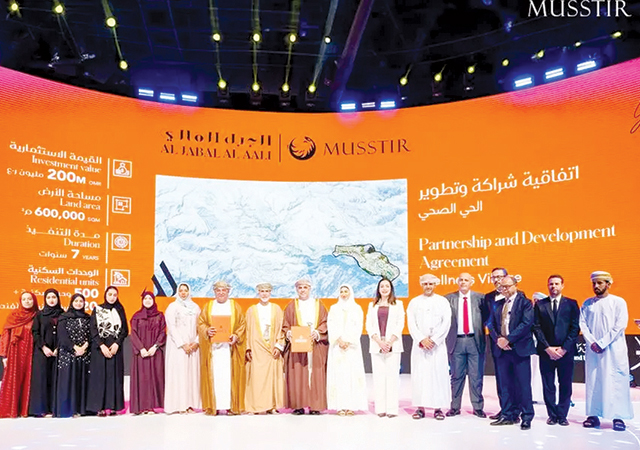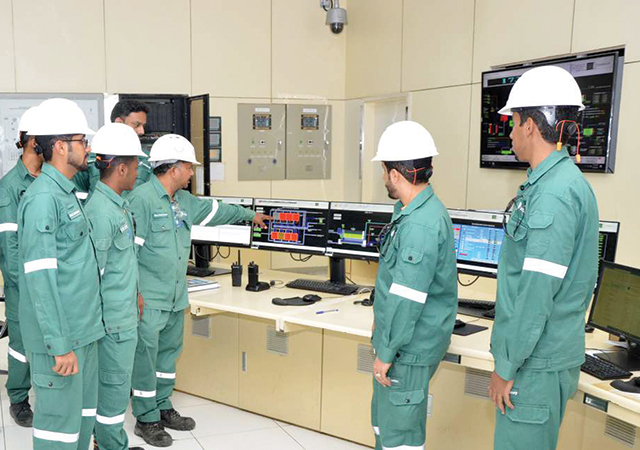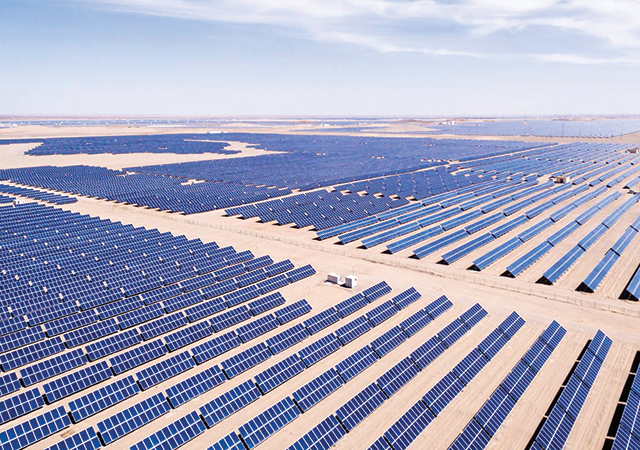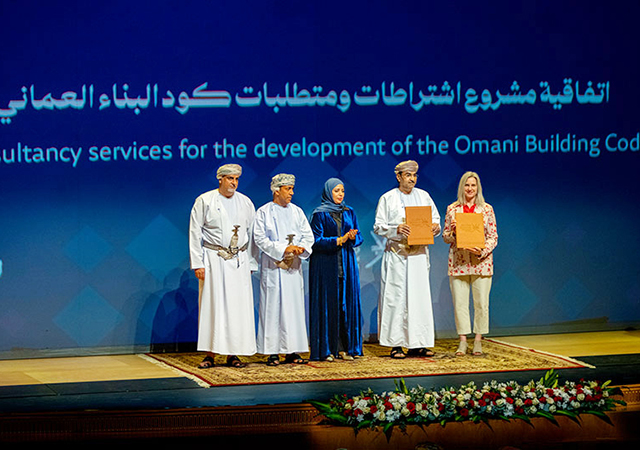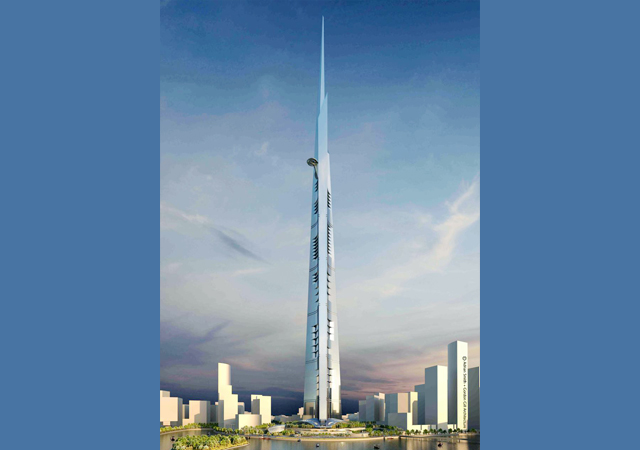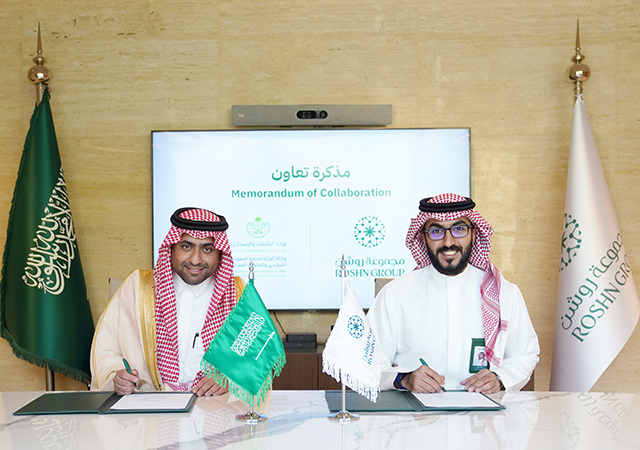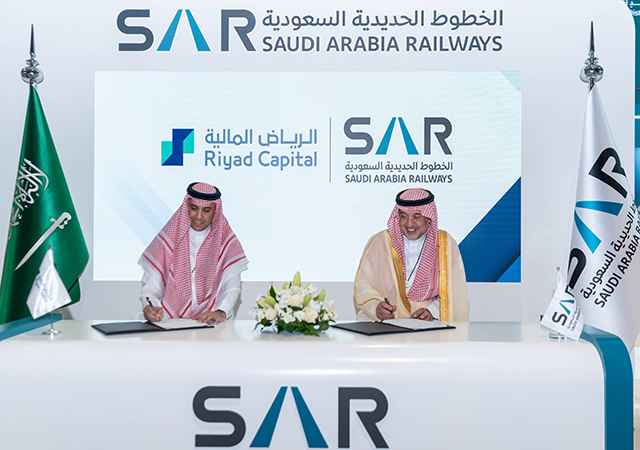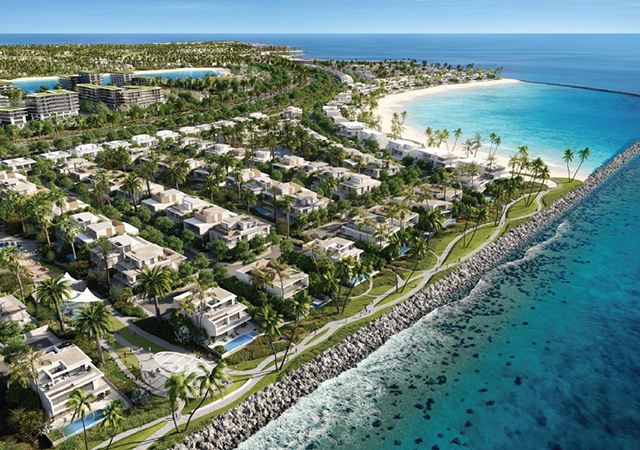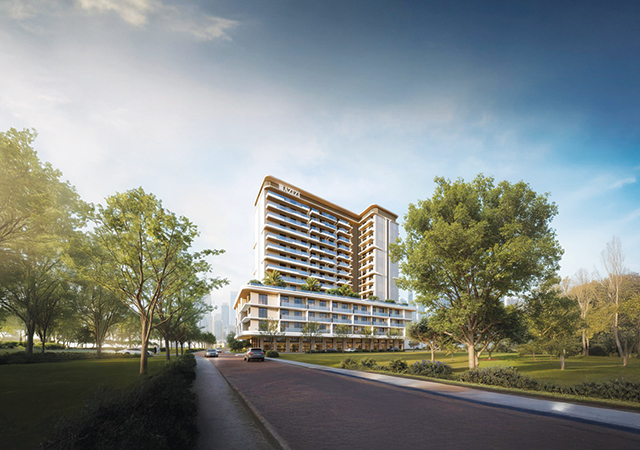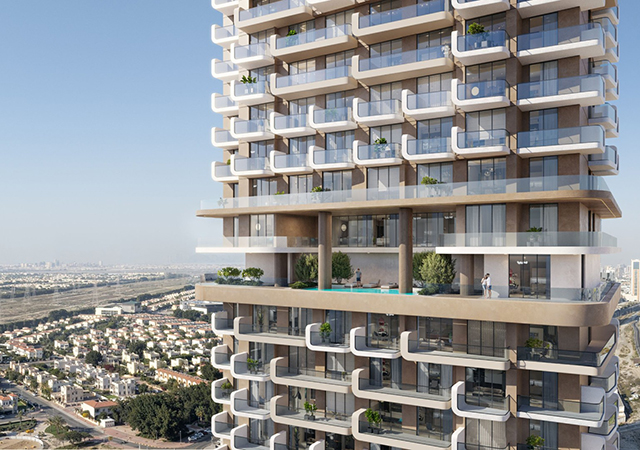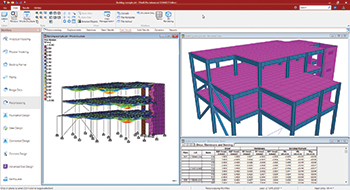 BIM in project engineering ... over 65 per cent of the firms employ the software.
BIM in project engineering ... over 65 per cent of the firms employ the software.
As building information modelling (BIM) becomes prevalent in a multitude of engineering projects, structural engineers are modifying their work processes and software capabilities to adapt to the challenges and opportunities that this technology brings.
McGraw-Hill reports that over the past decade, the number of engineering companies using BIM has grown to exceed 65 per cent of firms. This represents a 300 per cent increase.
This pervasive use of BIM could be considered a two-edged sword to the structural engineering industry. While the software allows for a more significant exploration of design alternatives with immersive visualisation to aid in decision-making, it also enables more exotic architectural designs require more complex structural idealisation. These unique architectures place greater burden on the structural engineer to consider intricate geometries and ever-increasing environmental and performance demands.
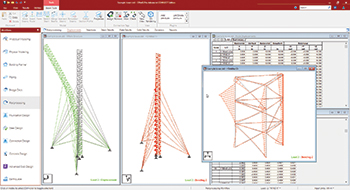 |
|
Staad.Pro Connect Edition ... supporting a more physical workflow. |
And as the level of detail in the BIM models has increased, the need for automation to produce accurate idealisations of the structural analysis models is imperative for engineers to stay competitive.
During the past decade, there have been significant interoperability advancements among structural analysis and design software tools to address the transformation of increasingly complex physical architectural and structural designs into an analytical idealised (finite element) structure.
An analytical-physical model in structural software has been the most significant enabler of data exchange between physical BIM models and structural analysis and design solutions.
The finite element method (FEM) simulates structure behaviour over various loads, but it also includes the need to generate and manage the finite element mesh, which takes a tremendous amount of time.
The analytical-physical model is more precisely a physical representation of the finite element model and is still an idealisation of the precise physical model created using BIM applications.
By turning over much of the responsibility of the discretization (converting the analytical-physical objects into finite element entities) to the structural software, the engineer can more efficiently adapt to changes in the model and its loading as members, surfaces, and loads no longer need to be discretized to apply to the finite element model.
Bentley’s Staad.Pro structural analysis application incorporates these philosophies to support a more physical workflow in which changes are easier to make.
The newly released Staad.Pro Connect Edition includes a new physical modelling environment for the creation and maintenance of an analytical-physical model. When the physical modeler approach is used, Staad.Pro automates the process to idealise the structure and loads into a finite element model. In this workflow, geometric changes are made only to the analytical-physical model and the finite element model is regenerated as needed as the physical model evolves.
The user may choose at any point to disconnect the finite element model from the physical model and proceed using the traditional Staad.Pro finite element modelling approach.
This best-of-both-worlds approach allows engineers to take advantage of new BIM workflow capabilities without losing the flexibility to manipulate the finite element model as they traditionally have.
Earlier, for certain manipulations (particularly where walls and slabs are considered), a user working on Staad.Pro’s purely finite element workflow would need to tediously manipulate the individual nodes, elements, and loads in the finite element mesh.
However, Staad.Pro’s physical modelling workflow overcomes this limitation. Changes are made to the physical floor slab and the finite element mesh is then regenerated. Once done, the finite element model is recreated, with the physical model as a constraint, by simply regenerating the analytical model.
A significant advantage of working on an analytical-physical model relates to the speed and accuracy with which changes can be made, whether manually or through a BIM model. In Staad.Pro Connect edition’s Physical Modeler for example, surface and line loads are no longer divided and applied to individual finite element members, but can be associated with the supporting physical members to automatically adjust as the tributary areas or member geometries change.
Another significant benefit of operating on a physical structural model is the close, but not exact, correlation to the physical BIM model. This close correlation allows for a significantly higher level of fidelity on interoperability of information between the structural software and the physical BIM model. But it is not a silver bullet.
Challenges
Fundamental data constructs differ among software applications. For example, one application’s “slab openings” are another application’s “egress shaft.” While, fundamentally, the physical manifestation is the same, the need to transform between an “opening on a single physical slab” to a construct of an “extruded negative space through multiple stories,” is non-trivial.
Another common challenge related to physical versus finite element approaches in software products is how they handle certain member profiles (shapes).
These are just some examples of analytical to physical to finite-element model issues that must be understood and addressed through the interoperability process. These issues will likely continue for as long as there are different software solutions whose competitive advantages lie in how their data is organised and modelled.
The technology through which interoperability occurs is also critical to its fidelity.
Common platforms such as Bentley’s Integrated Structural Modeling (ISM) provide a level of control through the data exchange by identifying changes to a common model. This enables the engineer to control the changes that are communicated between applications and allows applications to utilise or contribute only that information in the common model it cares about.
ISM presents a BIM use case of significance to the new Staad.Pro Connect Edition. While Staad.Pro’s legacy link with ISM continues to be available, Staad.Pro Connect Edition now offers a link between the Physical Modeler and ISM. This new analytical-physical based link supports the exchange of two-dimensional structural elements, such as slabs and walls, which is not present in previous releases. This expands the breadth of information Staad.Pro can exchange with BIM applications such as AECOsim Building Designer, ProStructures, Revit Structure, and Tekla Structures.
BIM models can be read into Staad.Pro Physical Modeler, and vice-versa. The Staad.Pro link with BIM applications can be live throughout the course of a project and can be utilised as a powerful means of managing revisions.
Nevertheless, regardless of the technology used to facilitate the interoperability, the construct of an analytical-physical model in structural software has been the biggest enabler of effective data exchange between physical BIM models and structural analysis and design solutions.








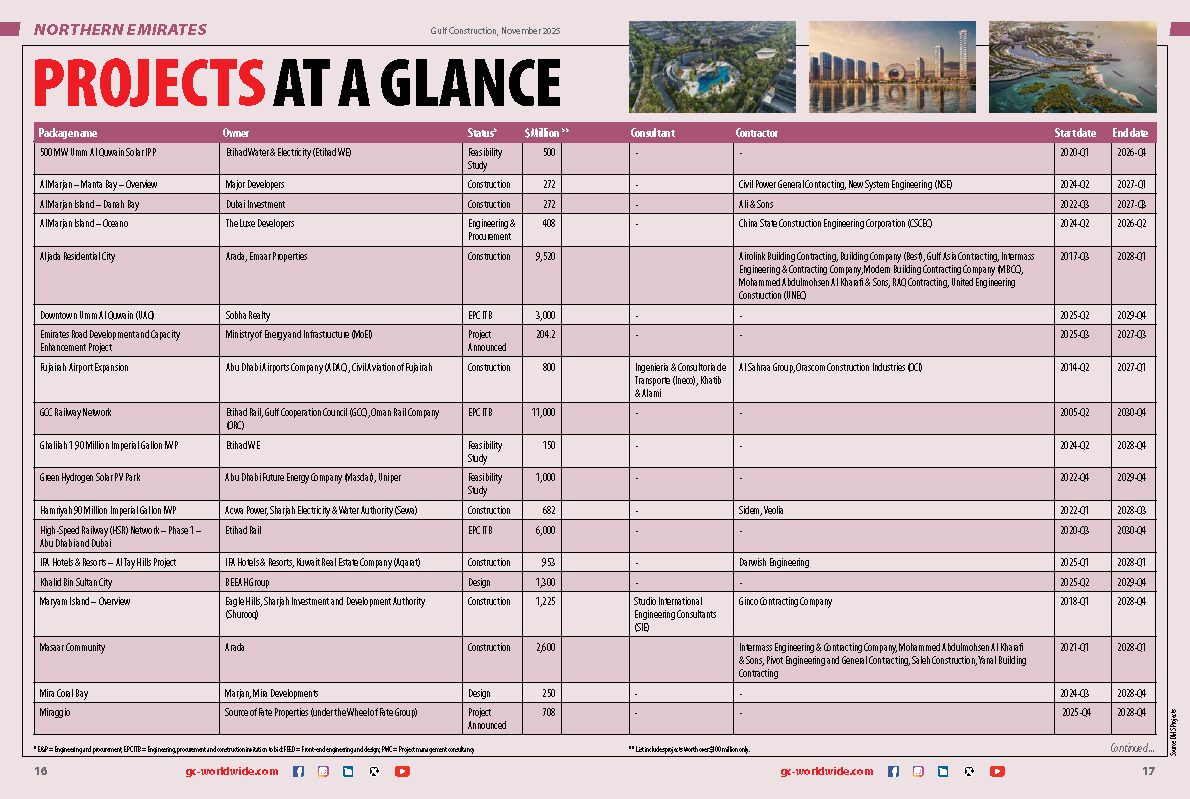




(5).jpg)

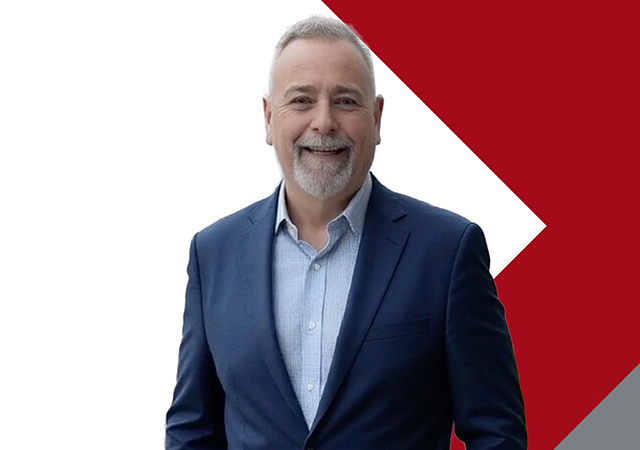

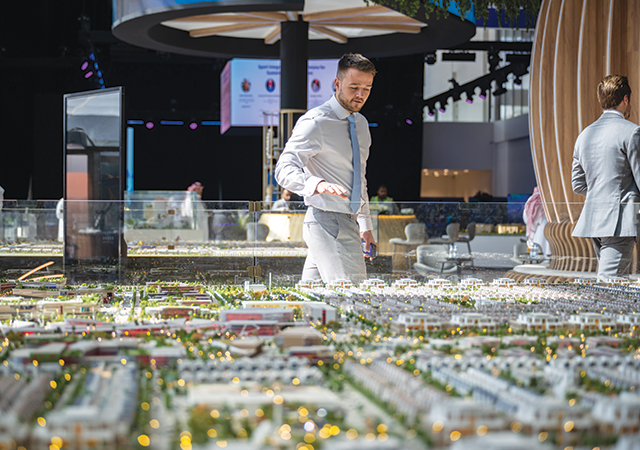

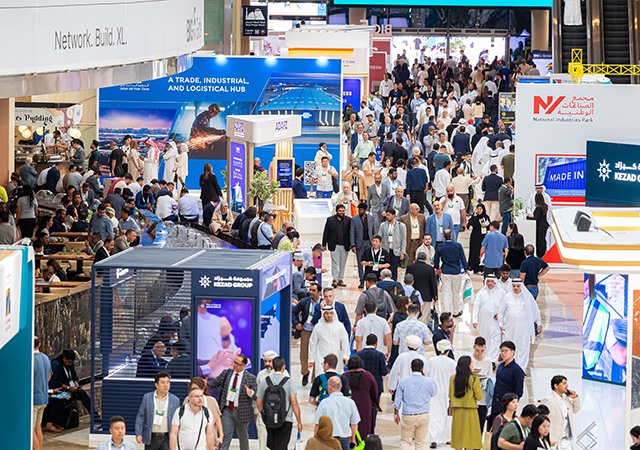


.jpg)










